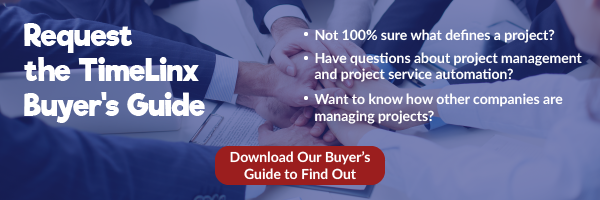As the world moves to browser-based applications (whether hosted on your own server or with a provider such as Amazon), it can mean that some of your applications might be on a local server in your office and others are hosted somewhere else. For example, you may have a hosted CRM (“Customer Relationship Management”) system, while your accounting or ERP software application stays behind closed doors where it is more difficult for a hacker to gain access. (By the way, for the purposes of this article, I’ll use “accounting” and “ERP” interchangeably even though they are actually not the same. ERP (“Enterprise Resource Planning”) has become an everyday acronym that is used to mean accounting, though it’s not accurate.
 With the advent of web services technologies, your accounting application can now talk to your CRM application over the internet even though they are separated by great distances. But why? What’s the benefit of a CRM application talking to an ERP application until the CRM is providing useful data to the ERP? Just because they can talk, doesn’t mean there is a good reason to spend the money and time to create or purchase an integration option.
With the advent of web services technologies, your accounting application can now talk to your CRM application over the internet even though they are separated by great distances. But why? What’s the benefit of a CRM application talking to an ERP application until the CRM is providing useful data to the ERP? Just because they can talk, doesn’t mean there is a good reason to spend the money and time to create or purchase an integration option.
I use CRM and ERP examples here because they are the most common applications that most companies have. Certainly, everyone has an accounting system, and it is likely that you have a newer method that has replaced your index card system to keep track of your prospects and customers, and the sales opportunities and other related information you need to provide proper customer service.
So let’s talk about delivering work, then tie all these topics back together.
When you deliver work, commonly called PSM (“Project Service Management”), whether to a customer or another department in your own company, you presumably organize what needs to be done, who is doing it, when they are doing it, and what has been completed, and what still remains to be completed. Because it’s people who do that work, in every case, there is either an hourly, salary or fixed cost for those people. And sometimes you might charge for that work in an attempt to make a profit. If you are good at what you do and efficient and organized, you certainly have a better chance at making that profit.
So, I’ve actually already connected the dots of this story: You deliver work (your service application) to prospects or customers (using information such as addresses stored in the CRM) and you either bill for that work or compute the cost of that work (typically called “job cost” or both, which is done in the ERP system).
Does it make sense for them all to talk to each other? Of course, it does. Imagine a scenario where there are no longer 3 separate, isolated systems. Imagine a salesperson wins a deal in the CRM’s Opportunity, the CRM creates a Project so work can be managed and delivered, and then the transactions from the time and expense entries, updates of deliverable tasks, and the cost of the labor to do the work are all transported into the system you use for billing and job costing. Sounds pretty wonderful to me, and today, there are more and more offerings in the marketplace that can do just that. It’s called “360º Lifecycle Management.” From the beginning of your relationship with your prospect to the delivery of work you’ve sold to the date, you get paid. In the project management world, that’s called “quote to cash” and the objective is to make that time span be as short as possible. All in a single, seamless workflow. And that workflow might include the Internet, or it can all take place in your humble office.
Today, you have the power of that choice, too.
# # #
About TimeLinx
TimeLinx delivers innovative project & service management software as a complete solution that perfects the sell-track-manage-support-bill cycle that services organizations must have to delight their customers; TimeLinx brings the cycle together in a single application that offers less frustration, better project management, complete reporting, and improved profitability – all specially designed for Infor and Sage.




